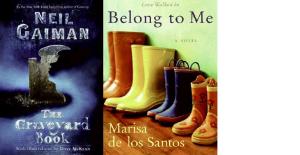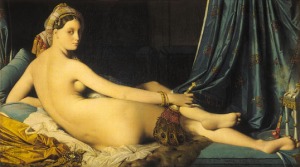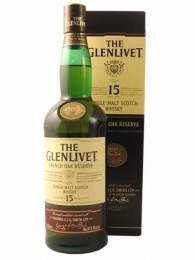Today’s book-learned trivia is brought to you by the letter R and the letter W. I found them in my recent reads The Graveyard Book by Neil Gaiman and Belong to Me, by Marisa de los Santos.

1. Remora: as in, “He’s always been the child who stuck close. My remora, Elizabeth had called him, my fat little barnacle.”
 When I read that in Belong to Me I thought maybe it was another suction-cup type of sea creature. I’ll take my award now because I was right! Remoras are also called “sucker fish,” are brownish 1-3 foot long fish that have a “modified sucker like organ” on their fin.
When I read that in Belong to Me I thought maybe it was another suction-cup type of sea creature. I’ll take my award now because I was right! Remoras are also called “sucker fish,” are brownish 1-3 foot long fish that have a “modified sucker like organ” on their fin.
I watch Animal Planet a lot and recognize the remora from all the shark/ocean shows I’ve seen.
Check out the full Wikipedia article here.
2. Wight:as in, “Your duty is to the graveyard…to those who form this population of discarnate spirits, revenants, and suchlike wights…”
Context clues in this sentence from The Graveyard Book told me “wight” was probably some sort of synonym for ghost, but it sounded like such an interesting word I wanted to know more!
I’m so glad I looked it up, I heart etymology! Wight is Middle English word (can be found in lots of Chaucer, Shakespeare, and John Milton) meaning living being, or creature. It seems Germanic in origin.
The Wikipedia article goes on to mention, “More recently, the word has been used within the fantasy genre to describe undead or wraith-like creatures: corpses with a part of their decayed soul still in residence. Notable examples of this include the undead Barrow-Wights from the works of J. R. R. Tolkien and the wights of Dungeons & Dragons.”
Now I’m afraid of all the D&D google hits I’m going to get. Sigh. But anyways I don’t know jack about D&D nor do I remember the “Barrow-Wights” from Tolkien since I haven’t read anything by him since I was in middle school.
Wight also made me think of Isle of Wight, and wondering where it got it’s name so now Wikipedia/Google has sucked me into it’s never ending vortex of information. I will be gone for quite sometime…
Filed under: Trivia | 4 Comments »


 Hi!!! I lust for books, especially romance novels & you'll always find me with a book in hand on my yuppie commute on the DC Metro. I'm giving Amazon Associates a try, & I buy all my books myself or get them at the library.
Check out my
Hi!!! I lust for books, especially romance novels & you'll always find me with a book in hand on my yuppie commute on the DC Metro. I'm giving Amazon Associates a try, & I buy all my books myself or get them at the library.
Check out my 
 While (duh) I know what a gold ring is, why did Jo Beverly in
While (duh) I know what a gold ring is, why did Jo Beverly in 

 writer, but I hadn’t heard of him before. I didn’t feel too bad about that since I didn’t like Henry very much and thought he came off as a trying-too-hard-hipster, but I looked up Rilke to see what I was missing out on. According to
writer, but I hadn’t heard of him before. I didn’t feel too bad about that since I didn’t like Henry very much and thought he came off as a trying-too-hard-hipster, but I looked up Rilke to see what I was missing out on. According to 

 DID win our 6th grade regional trivia competition by naming the 2nd largest city in England. I remember the day so vividly, down to what I was wearing – my favorite Gap t-shirt with blue flowers, umbros shorts, and Sambas ::eyes glaze over in fond memory::
DID win our 6th grade regional trivia competition by naming the 2nd largest city in England. I remember the day so vividly, down to what I was wearing – my favorite Gap t-shirt with blue flowers, umbros shorts, and Sambas ::eyes glaze over in fond memory::







